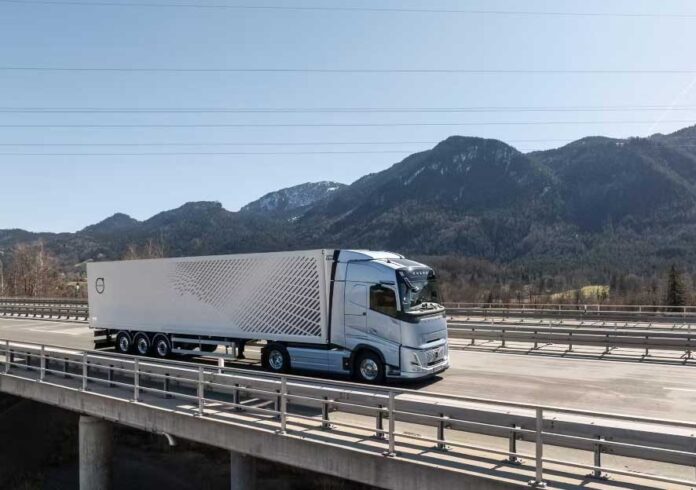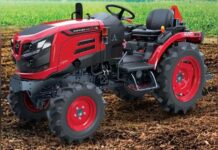
Volvo Trucks has introduced a new set of aerodynamic enhancements for its heavy-duty trucks, drawing inspiration from aerospace technology to improve efficiency and sustainability. These subtle yet impactful design upgrades—such as cab airflow stabilizers, extended air deflectors, and revised chassis fairings—significantly reduce drag, boosting fuel efficiency and lowering CO₂ emissions.
These improvements contributed to the Volvo FH Aero winning the 2025 Green Truck Award, thanks to its advanced engine and newly optimized aerodynamic cab. The updates can improve range, fuel economy, and emissions by up to 2% over existing gains—delivering up to 7% better fuel efficiency compared to the previous Volvo FH model.
The new aerodynamic features will be available across the Volvo FH, FH Aero, and FM models, and are compatible with all powertrains—diesel, gas, and electric—offering customers greater efficiency options across fuel types.
“All the time spent in simulations and in the wind tunnel has paid off – with these new changes to the cab, we add further to the great improvements in aerodynamics from last year, which will benefit our customers”, says Jan Hjelmgren, Head of Product Management, Volvo Trucks.
The most significant addition is thecab airflow stabilizers located on the cab’s upper corners beside the windshield. Using a carefully designed pattern consisting of small oblique vanes, the stabilizers control how the air flows around the cab’s corners.
“We have been thinking out of the box, using a technique commonly applied on airplanes, Formula One race cars and wind turbines. The upper corners of the cab are super critical for aerodynamics, and with our new Camera Monitor System, we have been able to access new potentials in this area, using small vanes to control the air flow on a micro scale, creating a macro-scale effect. These learnings will also enable more aerodynamic concepts to be introduced in the future”, says Anders Tenstam, Senior Technology Expert Aerodynamics, Volvo Trucks.
While the cab airflow stabilizers improve the aerodynamics at the front of the truck cab, they also help create better conditions for two additional upgrades: air deflectors extended by 50mm to reduce the gap between the cab and the trailer, and modified chassis fairings to create better alignment with the rear fender.
These three new features complement each other according to the 1+1 = 3 principle, meaning that the overall positive impact is greater than the sum of the individual benefit of each component.
Volvo’s new FH Aero model is proof of how impactful aerodynamics can be to improve fuel efficiency in a modern truck cab. Thanks to an extension of the truck cab by 24cm and introducing several modifications to reduce drag, the Volvo FH Aero delivers significant fuel economy improvements considering the high mileage of a heavy truck operating long haul routes.








